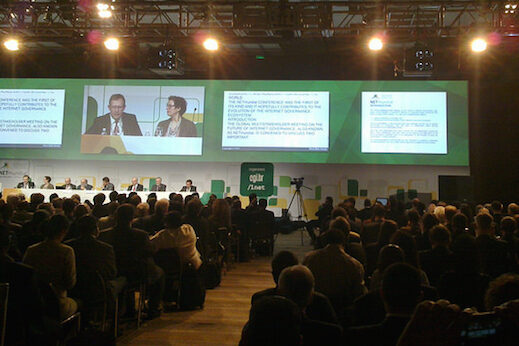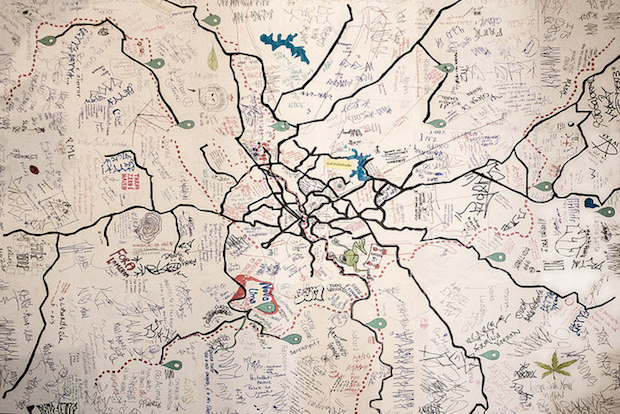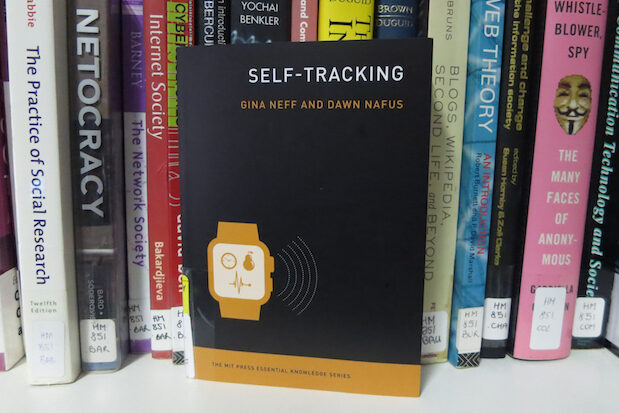Blog title
News
- Articles from Policy & Internet
- Books
- Call for Papers
- Child Safety
- Collective Action
- Conferences
- Democracy
- Development
- Economics
- Education
- Environment
- Ethics
- Governance & Security
- Health
- Interviews
- Mapping
- Methods
- Policy
- Politics & Government
- Publications
- Social Data Science
- Submissions Closed
- Tools
- Video
- Wellbeing
-

How and why is children’s digital data being harvested?
—
It’s time to refocus on our responsibilities to children before they are eclipsed by the commercial…
-

Has Internet policy had any effect on Internet penetration in Sub-Saharan Africa?
—
It is important for policymakers to ask how policy can bridge economic inequality. But does…
-

How do we encourage greater public inclusion in Internet governance debates?
The Internet is neither purely public nor private, but combines public and private networks, platforms,…
-

We should look to automation to relieve the current pressures on healthcare
Automation may address these pressures in primary care, while also reconfiguring the work of staff…
-

Should citizens be allowed to vote on public budgets?
Considered to be a successful example of empowered democratic governance, participatory budgeting has spread among…
-

Can universal basic income counter the ill-effects of the gig economy?
—
in EconomicsBasic income is an interesting solution for the gig economy, because it addresses its problems…
-

Governments Want Citizens to Transact Online: And This Is How to Nudge Them There
Peter John and Toby Blume design and report a randomised control trial that encouraged users…
-

Why we shouldn’t believe the hype about the Internet “creating” development
—
in DevelopmentDespite the vigour of such claims, there is actually a lack of academic consensus about…
-

Internet Filtering: And Why It Doesn’t Really Help Protect Teens
—
in InterviewsStriking the right balance between protecting adolescents and respecting their rights to freedom of expression…


